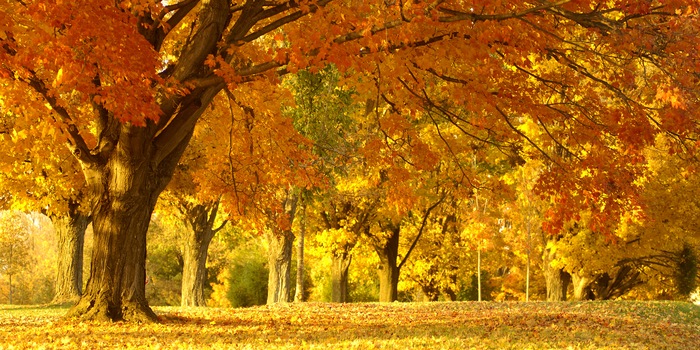
Change trees!
From green to colourful. As every year, the flora shines in different colours and gives us one last highlight before the dreary winter. But not every tree takes part in the autumn colouring. Here you can find out which plants you should choose to give your garden one last burst of colour.
Homogeneous green is slowly becoming a scarce commodity. It is replaced by red, orange and yellow. A walk in the woods becomes a colourful natural spectacle. This colouring of the trees is the epitome of autumn. A final flourish before the leaves sail to the ground and leave the plant bare.
But the foliage is not only beautiful to look at from a distance. I personally loved collecting leaves as a child and then pressing them between several Harry Potter books. Only the most beautiful colours made it into my house. That could take quite a long time, as I set off without any knowledge, but with a lot of hope. If I had known back then that not all trees shine in the same colour, I would have been on my way much more efficiently.
Colourful garden
Okay, I was also aware at the time that conifers (except for the larch, of course) don't contribute anything to the play of colours. But there are also plenty of deciduous trees that don't cause any amazement. They lose their green leaves or turn an unattractive brown colour. But it can be useful not only for ambitious leaf pressers, but also for garden owners to know which trees give their all again in autumn. This is because the autumn colours can be used as a decorative design element for the home garden. Autumn garden dreariness will then be a thing of the past next year at the latest.
Where to put the greenery?
Before you find out which trees and shrubs would look good in front of your house, let's take a quick look at the process behind the autumn colours. The falling temperatures, shorter days and lack of daylight signal most trees and shrubs to switch to survival mode in order to survive the harsh winter months. This means reducing photosynthesis and breaking down chlorophyll. Due to the absence of the green pigment, the carotenoids can now come to the fore. The result is the typical autumnal red, yellow and orange discolouration of the foliage.
Winged spindle bush
The deciduous shrub turns into a fiery red eye-catcher in autumn. The shrub grows to a height of around two to three metres and thrives best in both sunny and semi-shady locations. Another particularly attractive feature is that the shrub requires no maintenance and is very resistant to pests.
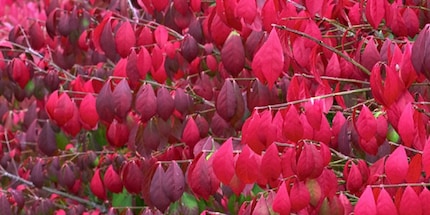
Wild vine
This popular climbing plant also turns bright red in autumn. It grows quickly and can reach a height of up to 40 metres. It is often used to green facades, from which it is almost impossible to remove without causing damage. So if you don't want your house to be shrouded by the plant for the rest of its life, it's better to use lattice structures in the garden.
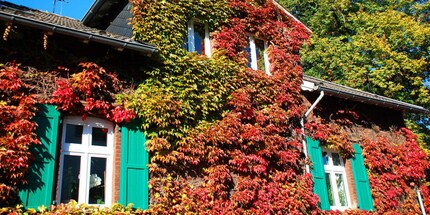
Periwinkle bush
Nomen est omen, because the wig bush looks like it has little tufts of hair growing on it. This alone makes it an eye-catcher, which is only enhanced by the orange-yellow colouring in autumn. The plant thrives best in dry, warm and sunny locations.
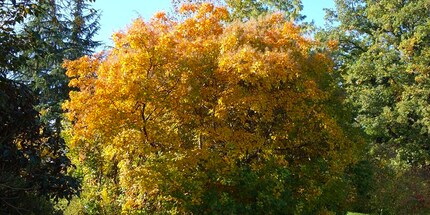
Japanese maple
Like many other maple species, the Japanese maple offers a lot for the eye in autumn. The umbrella-shaped "acer japonicum" can take on colours ranging from yellow-orange to wine-red and is suitable as an ornamental plant for all garden sizes.
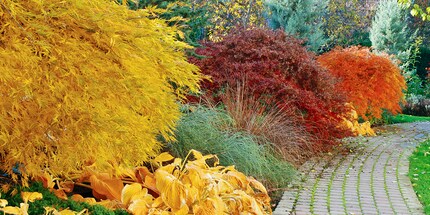
Gingko tree
Another tree that is special even without its autumn colour. It is neither a deciduous nor a coniferous tree, but a naked-seeded palm fern. In autumn, the fan leaves take on a warm golden yellow colour. The tree is so beautiful that even Goethe wrote a poem about it.
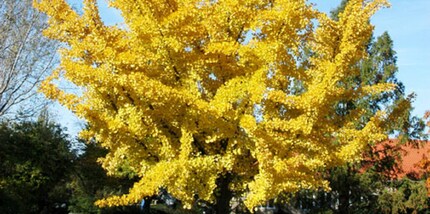
Ligustrum
Even if Harry Potter had a rather bad experience in Privet Drive, the shrub that gives it its name is worth a look. The plant, which is also popular as a hedge, turns wine-red in autumn and adds a splash of colour to your garden.
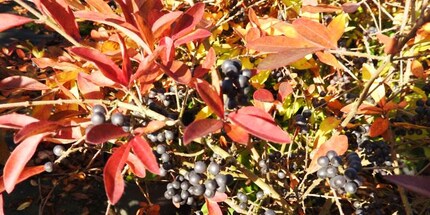
Rhododendron
Favoured by many gardeners for its lush flowers in spring. But the shrub with its bronze-coloured leaves can also be seen in autumn. Incidentally, the plant prefers to grow in the shade of larger trees.
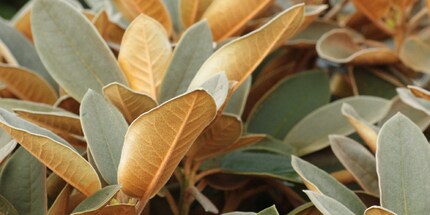
Blueberry Pink Lemonade
Everything about this plant is really colourful. Pink berries, pink flowers and a deep red autumn colour and even green-red shining bark in winter. Plant the blueberry in the sun or partial shade and give it enough space, as it grows bushy and wide.
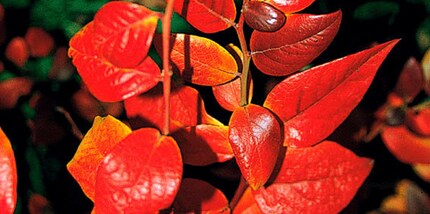
Small tips for stronger colours
A little tip at the end. Autumn colouring can be influenced to a small extent. Light fertilisation as well as sheltered and dry locations can intensify and possibly also prolong the autumn colouring. In general, the colouring is stronger with age than when young.
My life in a nutshell? On a quest to broaden my horizon. I love discovering and learning new skills and I see a chance to experience something new in everything – be it travelling, reading, cooking, movies or DIY.
Practical solutions for everyday problems with technology, household hacks and much more.
Show all